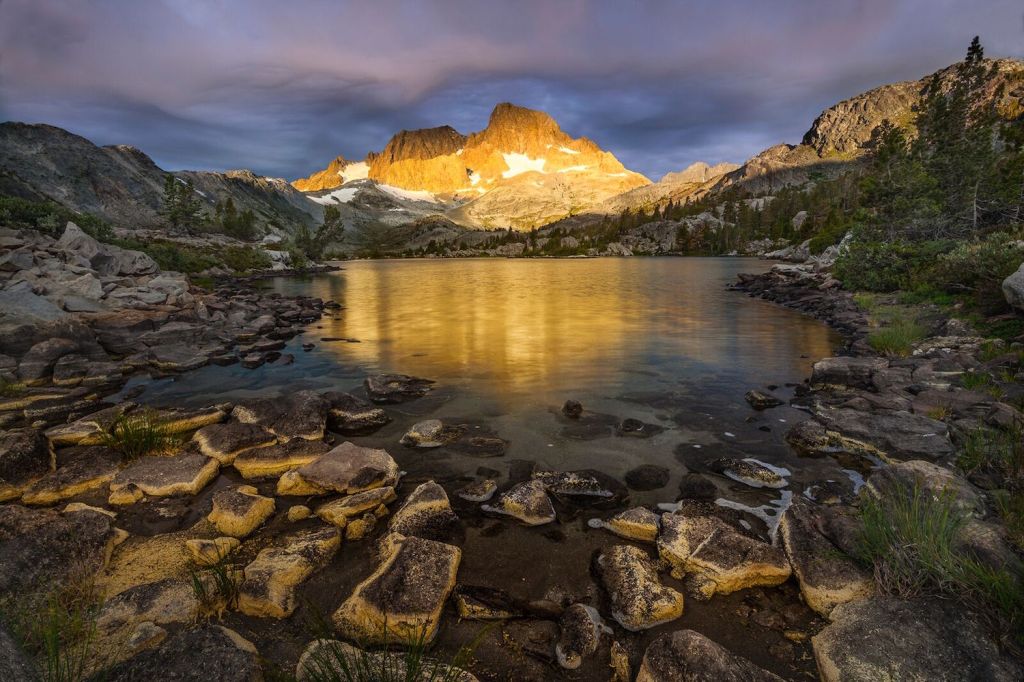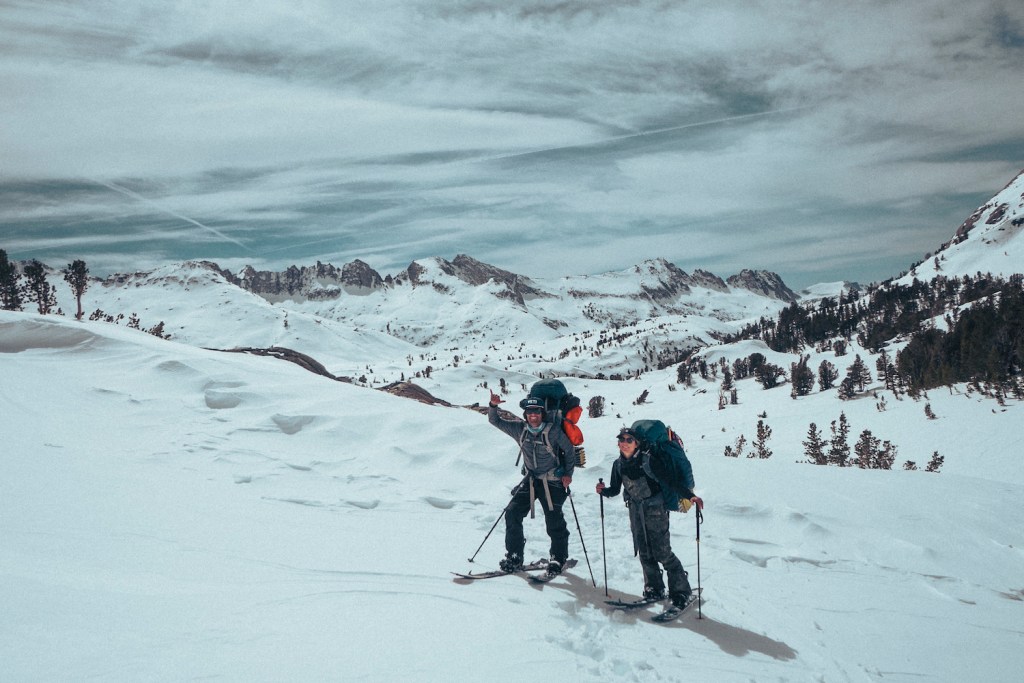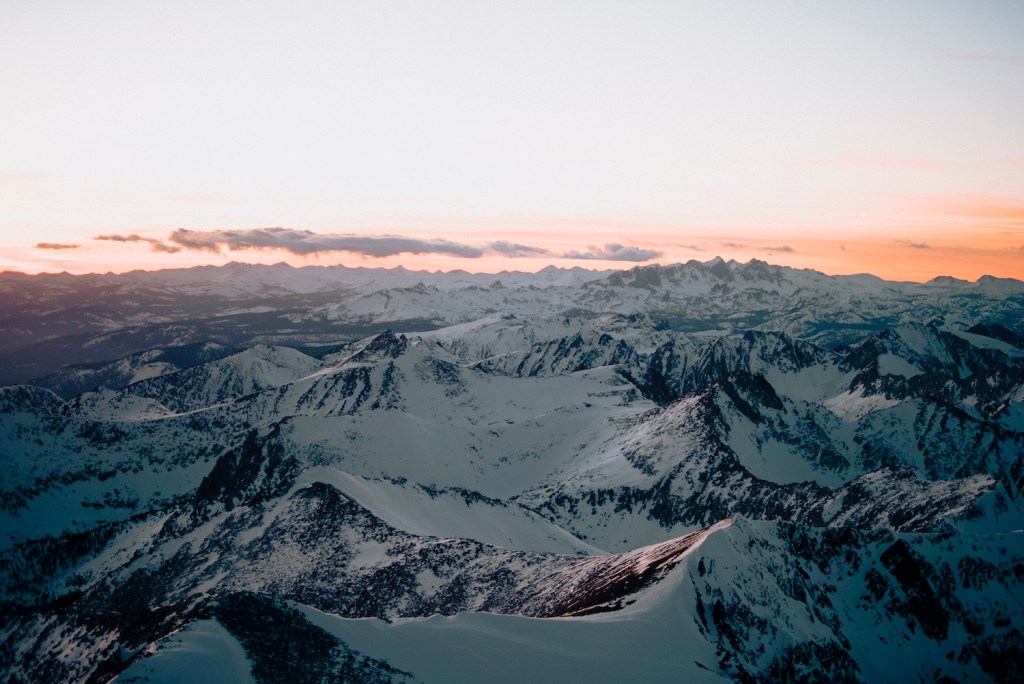On May 17, 1915, California Governor Hiram Johnson signed a bill authorizing the allocation of funds to build the John Muir Trail (JMT). At the outset, the plan was to build a 211-mile alpine pathway that would span from Yosemite National Park to the summit of Mt. Whitney, meandering through rugged, untamed landscapes along the way. In dedicating the project, Johnson honored the trail’s namesake, who passed away the year before, “for his inestimable service in making known to the world the wonders of the mountains of California.”
The trail would be the result of many citizens’ hard work, but considering John Muir’s writing, stumping and lobbying efforts, perhaps nobody did more during that time period to kindle the fire of conservation among select groups of Americans—or win the support for public lands—than the iconic, wandering naturalist.
In the early 1900s, many of Muir’s contemporaries—even fellow conservationists—viewed public land through a lens of mixed uses, from logging, to grazing, to recreation. The Scotsman, however, had other ideas. “Government protection should be thrown around every wild grove and forest on the mountains, as it is around every private orchard, and the trees in public parks. To say nothing of their value as fountains of timber, they are worth infinitely more than all the gardens and parks of towns,” he wrote in John of the Mountains.
In 1938, the JMT was completed, but it wasn’t until the Wilderness Act passed in 1964 that the JMT Wilderness was officially enshrined and protected. Thus, for much of its 80-year history, public impact was minimal. But with the advent of population growth and a renewed, social-media-fueled interest in going outside, the JMT is beginning to strain under the weight of its own popularity.

Demands for permits to hike the John Muir Trail have spiked in recent years. (Photo Credit: John Dittli/JMTF)
These days, it’s not uncommon to discover unauthorized campsites or discarded human waste on the trail or sit in bumper-to-bumper traffic while driving into Yosemite National Park, where the JMT originates.
Marla Stark, an attorney and tech industry veteran, discovered these impacts firsthand in 2016 while hiking a section of the trail from Independence to Muir Trail Ranch. Surrounded by granite towers, lost lakes and wildflowers beyond count, the trail’s natural beauty mesmerized her, but she was also shocked by the visceral human impacts around her.
Along her 88-mile trek, Stark witnessed poorly maintained trails, overcrowded campsites and many areas closed entirely due to human-caused degradation and damage. “You could see the footprint of humans everywhere,” she said.
From 2014 to 2015, demand for permits to hike the JMT jumped 242 percent, according to the National Park Service. Spread over the jurisdiction of two national parks, two national forests, wilderness areas and four federal land management agencies, the JMT covers a massive swath of public land. Hikers must navigate a complex backcountry permitting system, which local guides and land managers say makes it ripe for abuse, partial neglect and overcrowding.
Upon returning from her trip, Stark organized a coalition of partners to fight for the area’s preservation, ultimately founding the John Muir Trail Foundation, which formally launched in May of 2018. “The partnering of private foundations with the National Park Service and U.S. Forest Service is fundamental to caring for our public parks and trails,” she said. “Yet, there was no foundation or nonprofit associated with the JMT. The trail is so iconic, so deeply connected to California and American conservation and is such a fragile high-elevation wilderness … the need was clear.”

In a new TGR movie, snowboarders Jeremy Jones and Elena Hight embark on a winter journey through the John Muir Wilderness. (Photo Credit: Nick Kalisz/TGR)
Graham Ottley, general manager of Southern Yosemite Mountain Guides, which has been leading trips on the John Muir Trail since the early 1990s, said the issue of overuse has gotten worse over the last five years. “We’ve seen a really dramatic increase,” he said.
He cites the competitiveness of the permitting process as one factor, but Ottley also suspects social media platforms are propagating the demand. “There’s nothing that’s more newsworthy for someone’s life than doing something out of the ordinary—getting outside—and that translates into posting about it online. So, what used to be these sacred places that took a huge effort to reach—you can now experience that on your desktop or phone. That really translates to people finding out about these places and having more exposure to the more remote recesses of the Sierra,” he said.
In his recent environmental snowboarding film, Ode to Muir, which premiered in October, conservationist and John Muir Trail Foundation partner Jeremy Jones presents his concept of Eco 101. Standing for Ecology 101, at its essence, the idea is to inspire people to get outside so they’ll become environmental advocates. “You’ve first got to get into nature—to fall in love with nature—to want to protect nature,” he said in the film.
More than a century before Jones, John Muir was pioneering this concept, captivating audiences and inciting their curiosity and love for the natural world. But Muir didn’t have social media platforms. His writings and publications invited a gentle trickle of would-be conservationists into the woods. The contemporary Eco 101 paradox, it seems, is what to do when that trickle becomes a flood?
“The John Muir Trail is under extreme demand for public access,” Stark said. “Overuse is impacting a vast wilderness of meadows, lakes, streams and rocky benches. The [foundation] is trying to address the entire JMT region, adding funds and volunteers to restore damaged areas, helping the NPS and USFS manage the wilderness generally and trying to better educate those who travel the JMT.”

“You’ve first got to get into nature—to fall in love with nature—to want to protect nature,” said Jeremy Jones. (Photo Credit: Nick Kalisz/TGR)
The Foundation isn’t wasting any time. A two-year backpacker travel study in partnership with UC Merced and Penn State is already underway, as well as initiatives to introduce wilderness dry toilets, new signage and trail repair at high impact areas from Reds Meadow to the Ansel Adams Wilderness.
On top of that ambitious to-do list, during its short history the JMTF has already funded the restoration of areas around Thousand Island Lakes and the Shadow Lake/Ediza Lake corridor in Inyo National Forest; restoration of Blaney Hot Springs and Meadow near the Muir Trail Ranch in Sierra National Forest; repairs to Muir Hut, the 1930-stone building marking Muir Pass, as well as helping to add two additional JMT rangers in Sequoia Kings Canyon National Park; and the start of a review of JMT permits and quotas across jurisdictions. But there’s so much more still to do.
At risk, Stark warned, is the quality of the trail itself. If nothing is done, she says the surrounding wilderness will continue to take a beating, eroding the very experience people come to enjoy.
“As Jeremy Jones says in Ode to Muir, once lost, wilderness cannot readily be regained,” she wrote. “It takes steady, long-term stewardship and conservation and sustained public education to preserve the natural world while people pass through it, without leaving a trace behind.”


